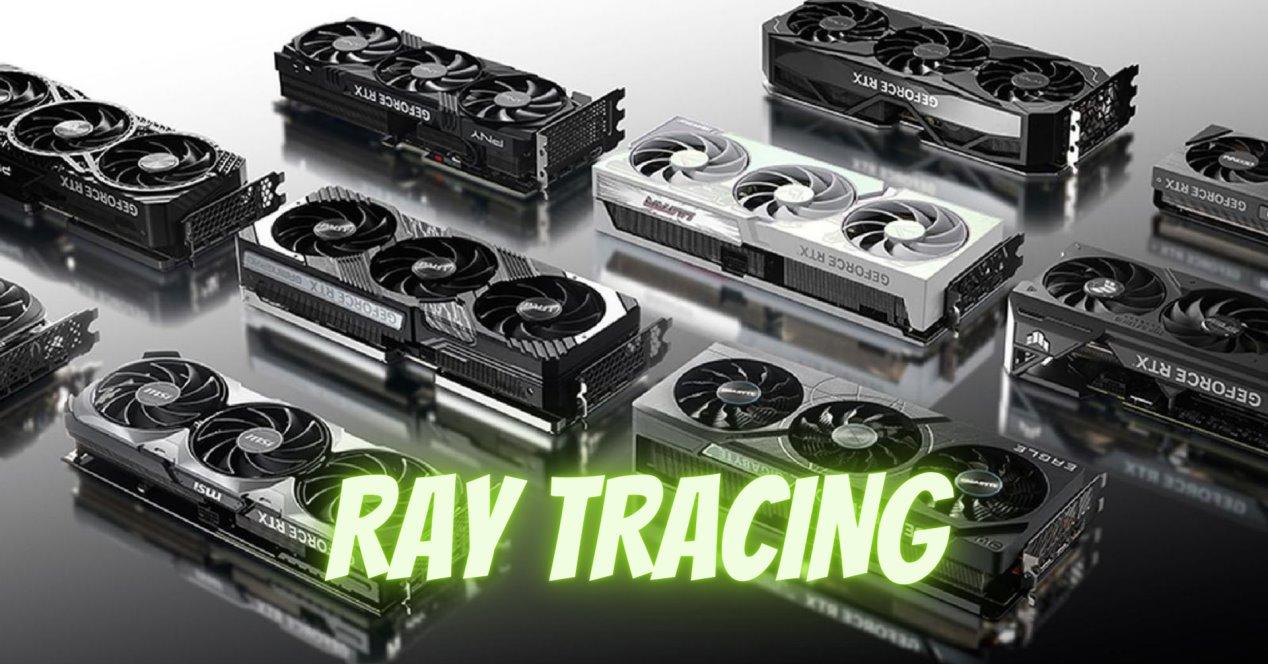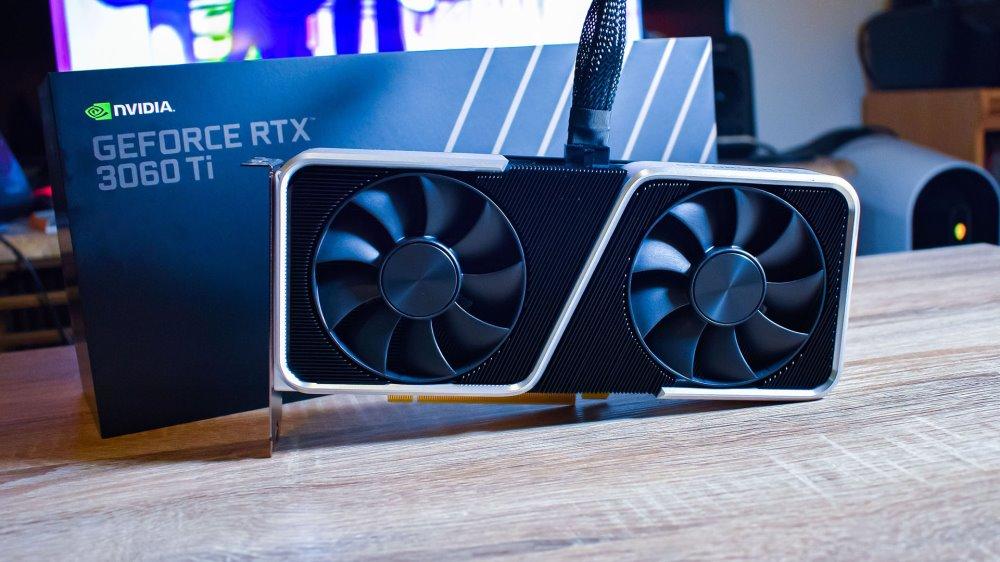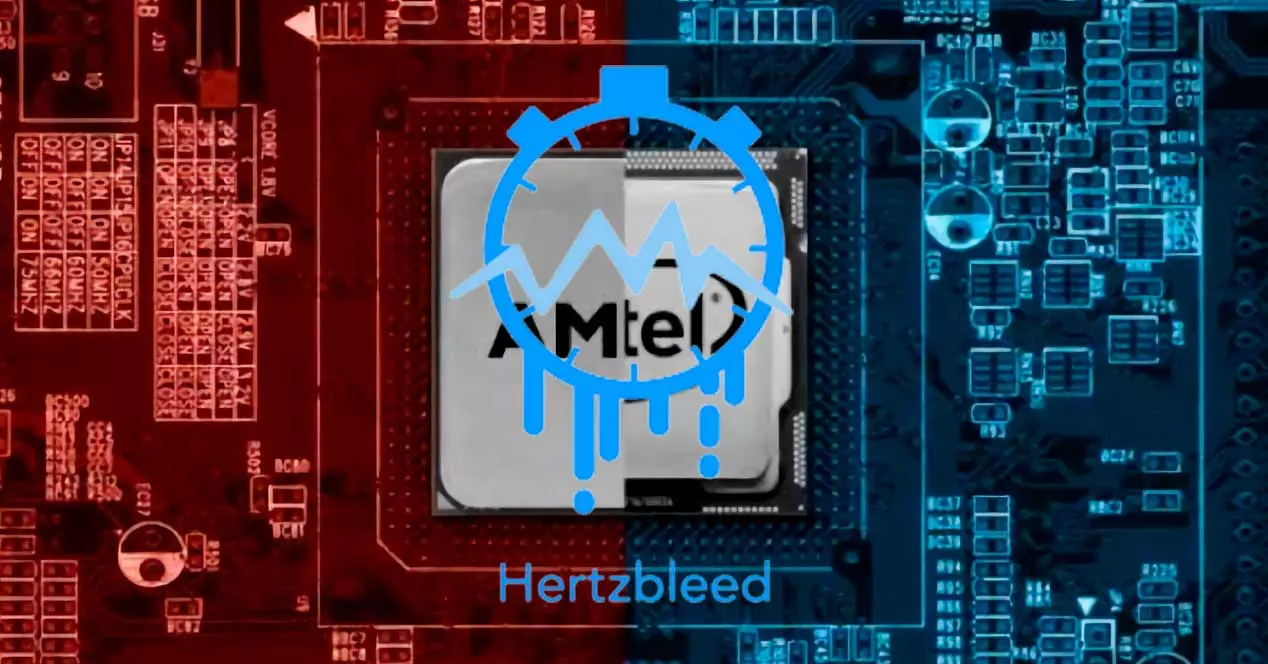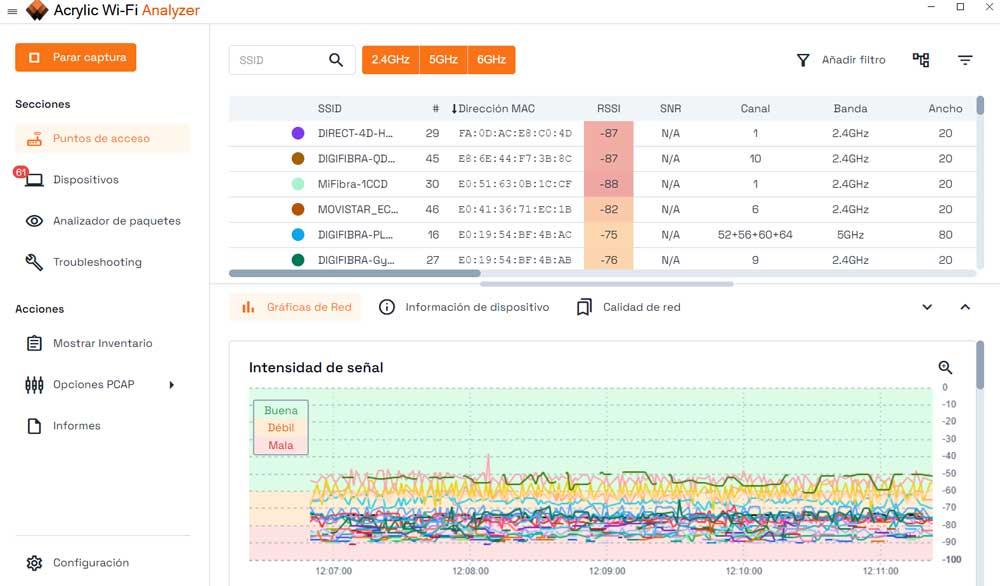
The problem with Ray Tracing is its cost. Firstly, we have a high computational cost that requires the inclusion of hardware dedicated to this task in the graphics cards. Adding specialized hardware means increasing the price for the end user. But it is that, in addition, it requires additional technologies to compensate for the performance losses generated by this technology.
According to NVIDIA, Ray Tracing is very popular among gamers
Undeniably, this ray tracing technology brings a lot to video games, it adds realism and details. But, there is still a long development path to make use of all its capabilities. It is also necessary to reduce the price of the hardware necessary to enjoy this technology. Although this is a debate for another day.
From the company they emphasize that currently 83% of desktop gamers with a RTX 40 Series use Ray Tracing. In addition, they point out that the 79% of these users activate the DLSS.
NVIDIA also points out that the 56% of users with a RTX 30 Series uses Ray Tracing and, of these, the 71% activate technology DLSS. On the other hand, the 43% of users with a RTX 20 Series use the ray tracing and, of these, the 68% activate technology AI image rescaling of the company.
We see how the more current the hardware, the greater the use and, consequently, the greater the adoption. They left multiplying the amount of RT Cores (for Ray Tracing) and Tensor Cores (for DLSS) on the company’s gaming graphics cards. This increases performance and the user is more willing to use this technology.
Something has caught our attention in the data offered by NVIDIA. According to the company the 28% of the users with a RTX 40 Series use Ray Tracing on monitors with 4K resolution. In addition, it is highlighted that the 62% of these users use 144 Hz refresh rates or more.
All this data, on paper, is really precious and speaks well of technology. Now we would need to know how many units of these graphics cards are on the market. 83% of 100,000 graphics cards is not the same as 83% of 10,000 graphics cards.
What’s up with the privacy?
It is not exposed within the article how NVIDIA has obtained this data, but it seems obvious. GeForce Experience software is enforced by the company and collects hardware and software data. So the company can accurately know all the mentioned parameters.
We must bear in mind that all this data is important for hardware and software companies. Firstly, they allow them to know their users, knowing components, configurations and other aspects. In addition, they allow us to offer better experiences after optimizing and adjusting the software.
Now, there is the negative and dark part of this. What else is done with this collected data? Is the data collected and its treatment duly informed? And most importantly, how secure is this data?




